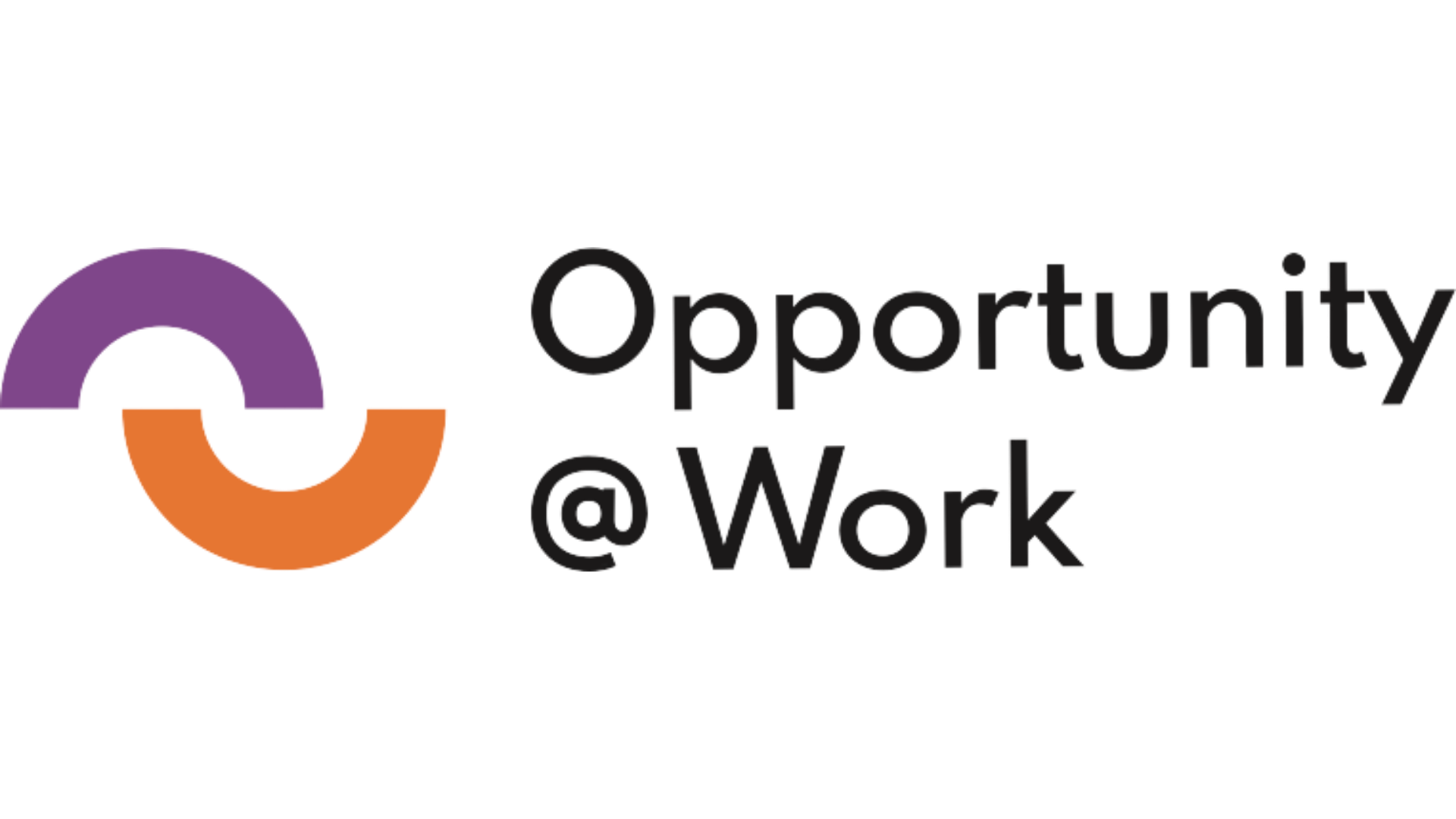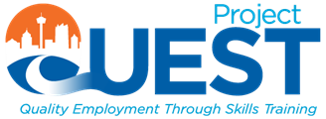Workforce Development
America Forward Policy Priorities for Workforce Development Reform
[ezcol_1half]In our nation known for opportunity, the number of people moving from poverty to the middle class has been on the decline notwithstanding the recent good news from the Census Bureau about the progress made in reducing the poverty rate. And despite the assertion by economists that the current unemployment rate of less than five percent means that the U.S. is basically at full employment[1], 16 percent of working age men are not attached to the labor market and nearly a fifth of nonelderly household heads in the bottom third of the income distribution did not work at all in 2014. Additionally, almost six million youth and young adults are not in school or working, a group known as “opportunity youth,” and are costing taxpayers $93 billion annually and $1.6 trillion over their lifetimes in lost revenues and increased social services.
At the same time, many U.S. employers say that a shortage of qualified workers is their biggest obstacle to growth.[i] Employers indicate they are unable to find qualified workers for an estimated five million U.S. jobs and, based on the current pace, the U.S. will produce only slightly more than half of the degrees and credentials needed to fill these jobs of the future. By 2020, 65 percent of all American jobs will require post-secondary education and training beyond high school.
[/ezcol_1half] [ezcol_1half_end] But our nation is not preparing its citizens to meet these workforce demands, wasting the extraordinary human potential represented by Americans trapped in poverty.
Any effort to change the circumstances of those now left out of the economic mainstream – and reverse the negative impact on our overall economy – demands that we rethink the way we invest public resources as well as learn from what is identified to work and expand upon that work to enable students, youth, and adults from all backgrounds to succeed economically.
Our success tells us that it is possible to achieve these goals and forge a pathway from poverty to economic prosperity. But it will take hard work, investment in effective efforts currently underway, and continued reform where change is still needed.[/ezcol_1half_end]









